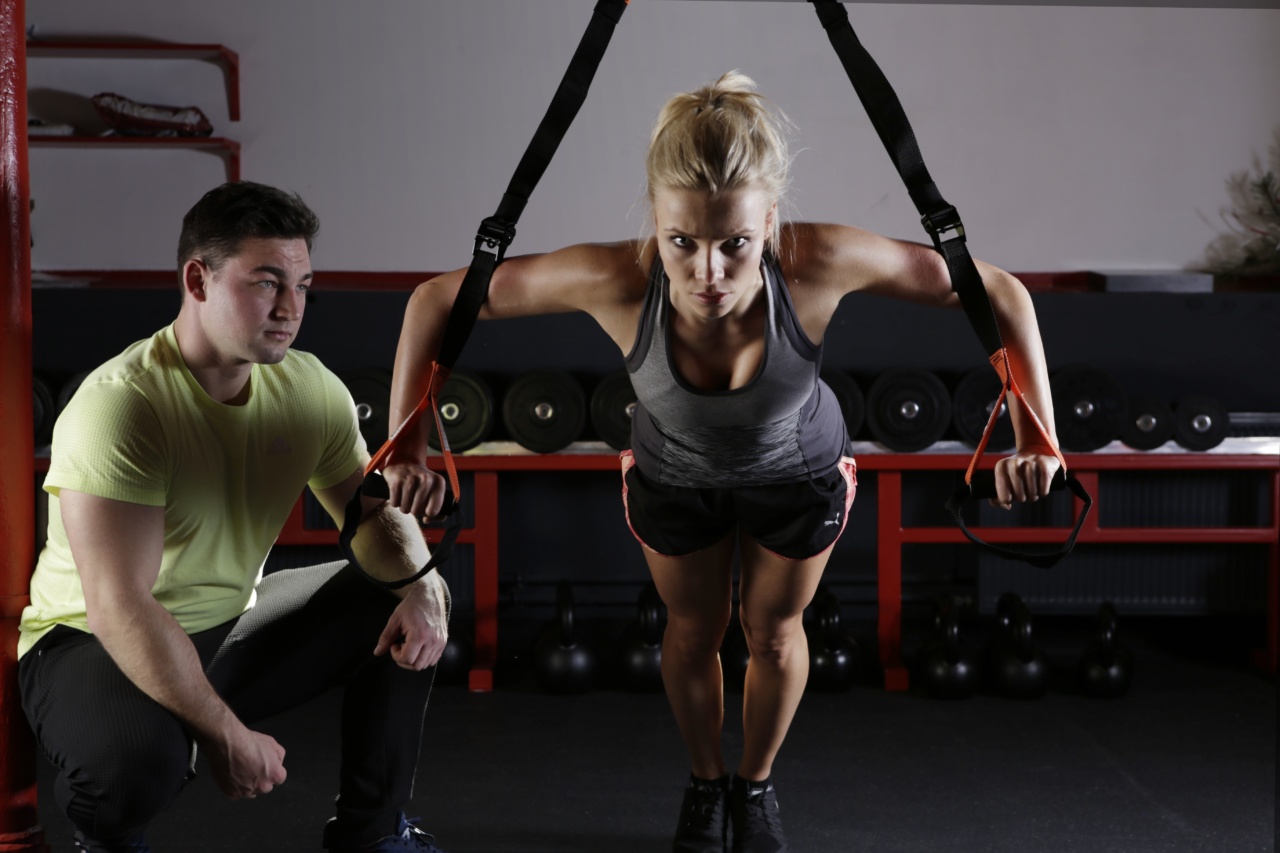Aging is an inevitable process that everyone will go through. However, it doesn’t mean we have to accept all the negative aspects that come with it, such as physical degradation, chronic illness, or disability.
The key to aging gracefully is to maintain a healthy lifestyle, and exercise is one of the most important factors to consider.
Benefits of Exercise for Aging
Regular exercise not only helps prevent chronic diseases, but it can also improve cognitive function, retards the aging process, and boosts overall well-being. Specifically, here are some of the benefits of exercise for aging:.
1. Maintain Muscle Mass
As we age, we lose muscle mass, which can lead to sarcopenia, a condition that results in weak muscles and makes it hard to perform everyday tasks.
Fortunately, resistance training is an effective way to maintain and build muscle mass, even in older adults.
2. Support Bone Health
Bone density also decreases as we age, making us more prone to fractures. While calcium and vitamin D supplementation can help, physical activity is key.
Weight-bearing exercises such as walking, jogging, tennis, and dancing can help preserve bone mass and prevent osteoporosis.
3. Improve Functional Abilities
Exercise can also improve your ability to carry out everyday activities such as walking, climbing stairs, and lifting heavy objects.
Even low-impact exercises such as yoga, Pilates, and swimming can help improve flexibility, balance, and coordination, reducing the risk of falls and injuries.
4. Reduce Chronic Disease Risk
Chronic diseases such as heart disease, type 2 diabetes, and cancer are prevalent in older adults. However, exercise can reduce the risk of developing these diseases by improving cardiovascular health, blood glucose management, and immune function.
5. Improve Mental Health
Regular exercise is also beneficial to your mental health. Studies have shown that physical activity can reduce the risk of depression, anxiety, and cognitive decline, and improve self-esteem and quality of life.
How to Start an Exercise Routine
If you’re not used to regular exercise, then starting may seem intimidating. However, starting small and building up gradually can help you establish a routine and stick to it. Here are some tips to get started:.
1. Consult Your Physician
If you haven’t exercised recently or have any medical conditions, it’s essential to check with your physician before starting an exercise program.
2. Start Slowly
It’s important to start slowly and gradually increase the intensity and duration of your exercise. Begin with short sessions of low-intensity activities such as walking or cycling, for example, 10-15 minutes per day.
Then, increase the duration as your fitness level improves.
3. Mix It Up
Try a variety of exercises to keep your routine exciting and prevent boredom. You can try aerobics, resistance training, yoga, swimming, or dancing, for example.
4. Set Realistic Goals
Set realistic goals that are achievable within a reasonable timeframe. Celebrate small victories along the way, such as jogging for 5 extra minutes or lifting an extra pound.
5. Find a Workout Buddy
Working out with a friend or family member can help you stay motivated and accountable. You can also join a fitness class or a local walking group for added social support.
Conclusion
Exercise is a crucial aspect of aging gracefully. It can help maintain muscle mass, promote bone health, improve functional abilities, reduce chronic disease risk, and support mental health.
Whether you’re a beginner or seasoned senior, starting a regular exercise routine is achievable, and you can enjoy the numerous health benefits it offers.































